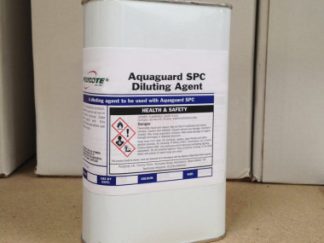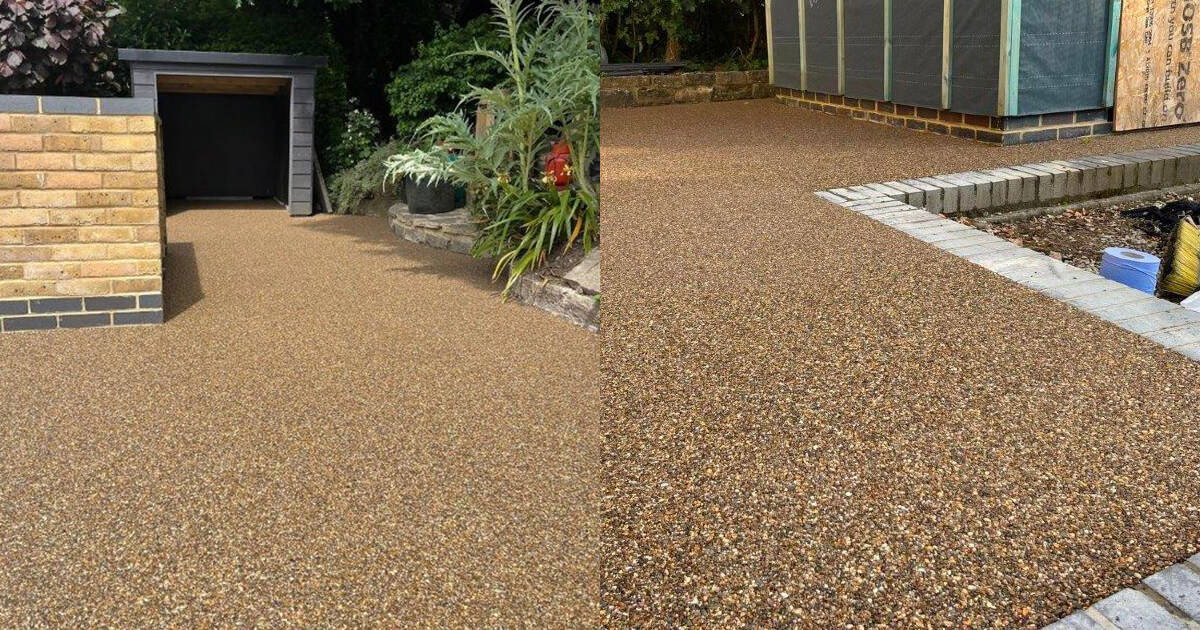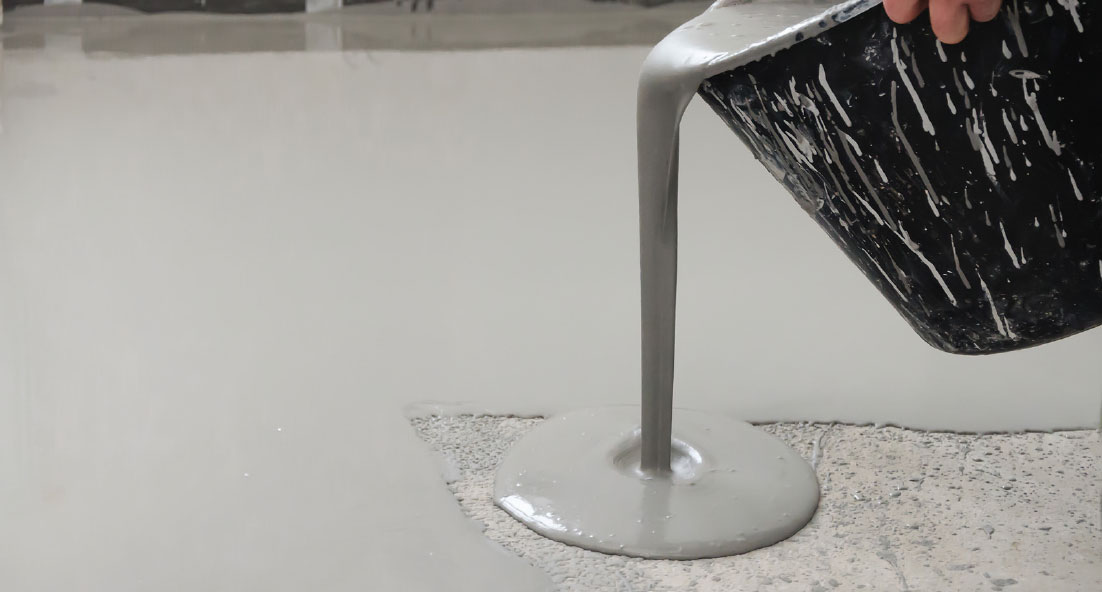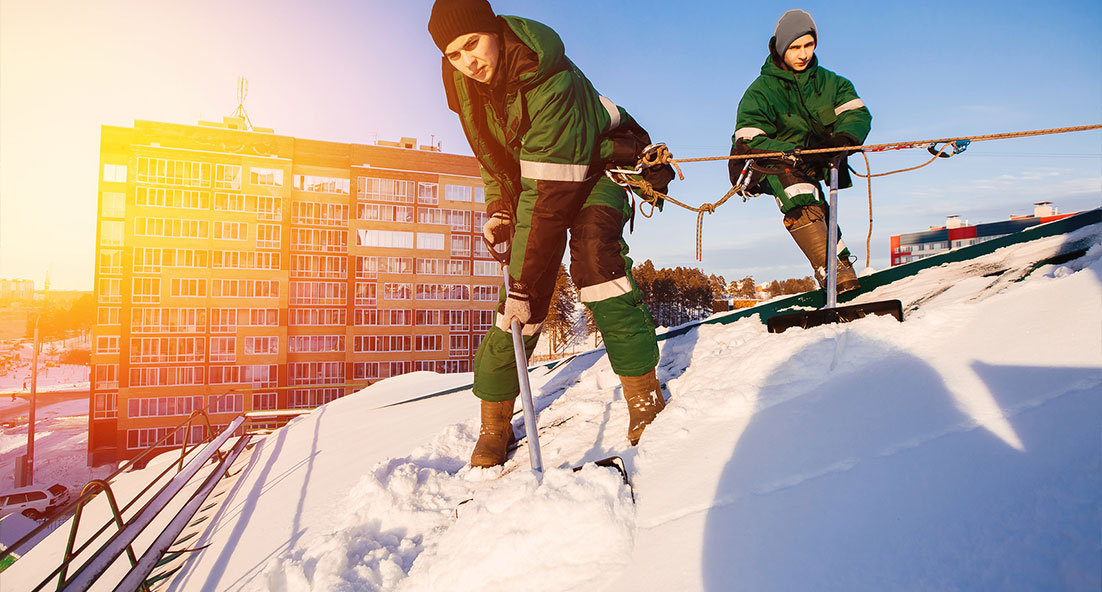Aquaguard SPC is a tough waterproof coating for use in long time submersion.
Use on: Concrete. For other substances contact Polycote Experts.
Use where: Internal/External – Floors and walls
Typical uses: This product has been professionally formulated for use in swimming pools and water storage tanks, fish ponds, marine industries, and coastline areas. It is especially good where weak to medium acidic or alkaline water is present.
Special features: Heavy duty, chemical resistant, waterproof, easy to clean, decorative and long lasting, highly elastic and offers excellent crack bridging properties, non-toxic, non-taint, can be applied to damp surfaces
Preparation:
Thorough substrate preparation is essential.
Bare Concrete – Any new concrete must be at least 4 weeks old with no more than 7% moisture. The surface must be free of any weak laitance. Power floated concrete or very smooth concrete surfaces should be treated with Polycote Etch It.
Any oil or grease should be removed using Polycote Etch It, rinsed thoroughly and allowed to dry.
Painted Surfaces – Once again, any weak or loose laitance should be removed. The surfaces should be thoroughly abraded to provide a key and improve adhesion. Any repairs should be completed before application and new concrete treated as above and spot primed. Any oil or grease (including body fats) should also be removed. Lastly wash with fresh water and allow to dry. For painted surfaces, we strongly advise doing a test patch before commencing to ensure good adhesion.
Mixing:
Mix thoroughly for approx. 5 mins using a wide bladed stirrer. A wooden batten at least 25mm wide would be ideal.
Application:
To obtain the best results Aquaguard SPC should be applied in warm dry conditions (minimum 15oC), but not in very hot direct sunlight as this may lead to blistering. Apply using a brush or short pile lambswool roller.
On bare concrete the first coat must be diluted with approx. 15-20% Aquaguard SPC Diluting Agent (code 626 0100 for 1 litre) by volume prior to application to act as a binding primer and help seal the concrete surface. Once dried a second coat can be applied at full strength.
On previously painted surfaces two thin coats rather than one thick coat should be applied as this will prolong the life and performance of the coating.
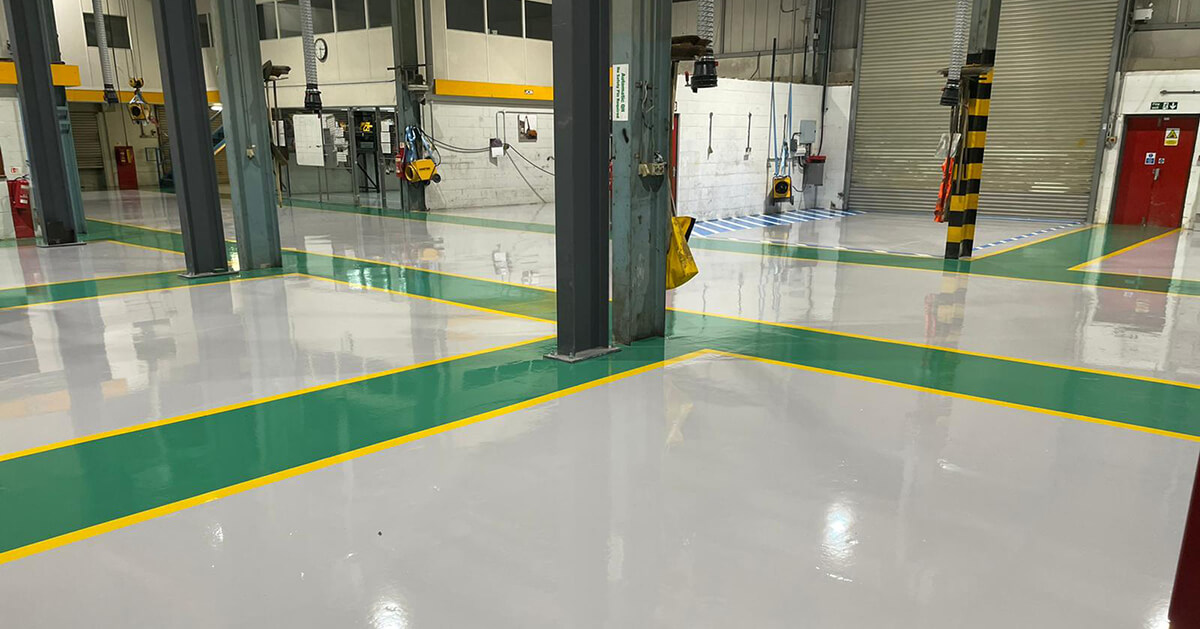
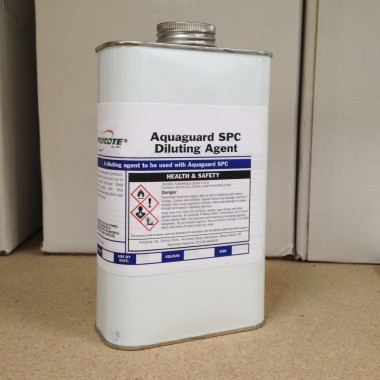
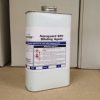
 Safety Data Sheet
Safety Data Sheet 